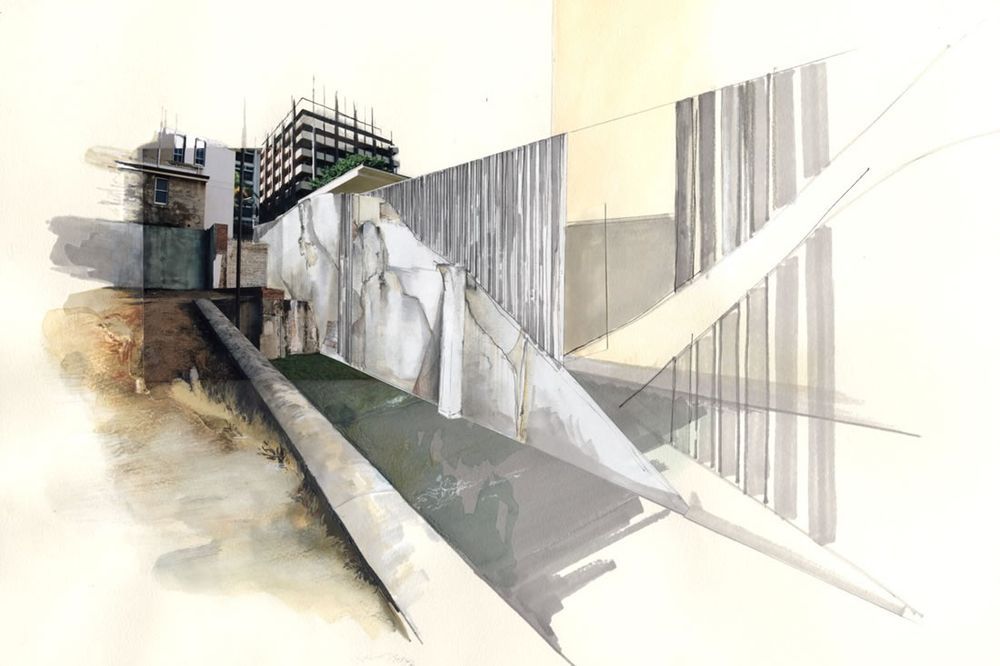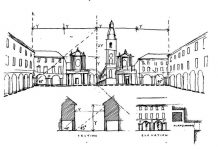When drawing architectural objects from nature, an essential part of the task is the transfer of the spatial position of horizontal and vertical lines on the plane.
Among the horizontal lines, the viewer distinguishes the horizon, which is inseparable in his view from the earth’s surface. This is also caused by our habitual movements and visual estimates of distance and distance in horizontal directions, the work of the balance organs, etc.
In our perception, the horizon is optically combined with the horizontal “point of view, which, due to the reasons listed above, is stable, e lines receive perspective slopes to the horizon, groups of parallel lines in the future converge and intersect at points. the descent is on the horizon. All these points are reflected in the drawing. The corrective role of perception has a particularly strong effect on the prospective vertical reduction compared to the reduction of horizontals. Due to the fact that the vertical visual axis is unstable and constantly moves along with the movement of the eyes when viewed, vertical lines would have to constantly change the perspective inclination to the vertical axis, especially when moving the gaze along the horizon. However, we do not feel it.
We see vertical lines as vertical even with a fixed point of observation and a significant vertical angle of view. Therefore, the viewer does not clearly feel the perspective cuts, the horizontal segments enclosed between the verticals, i.e. does not see the perspective convergence of the latter. This constantly observed phenomenon receives a well-defined reflection in the drawing from nature – the horizon is represented by a straight line, and all verticals forming a right angle with the horizon are parallel lines.




















